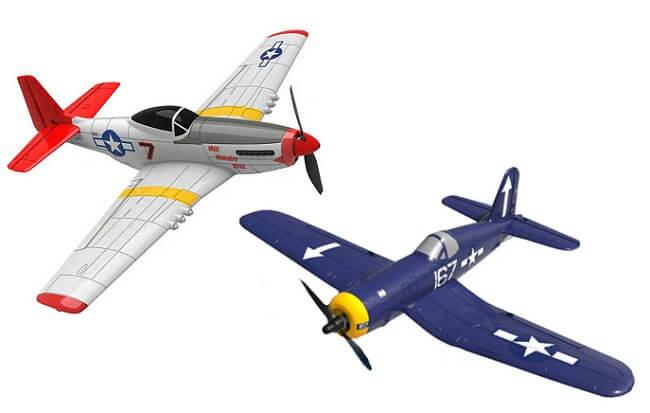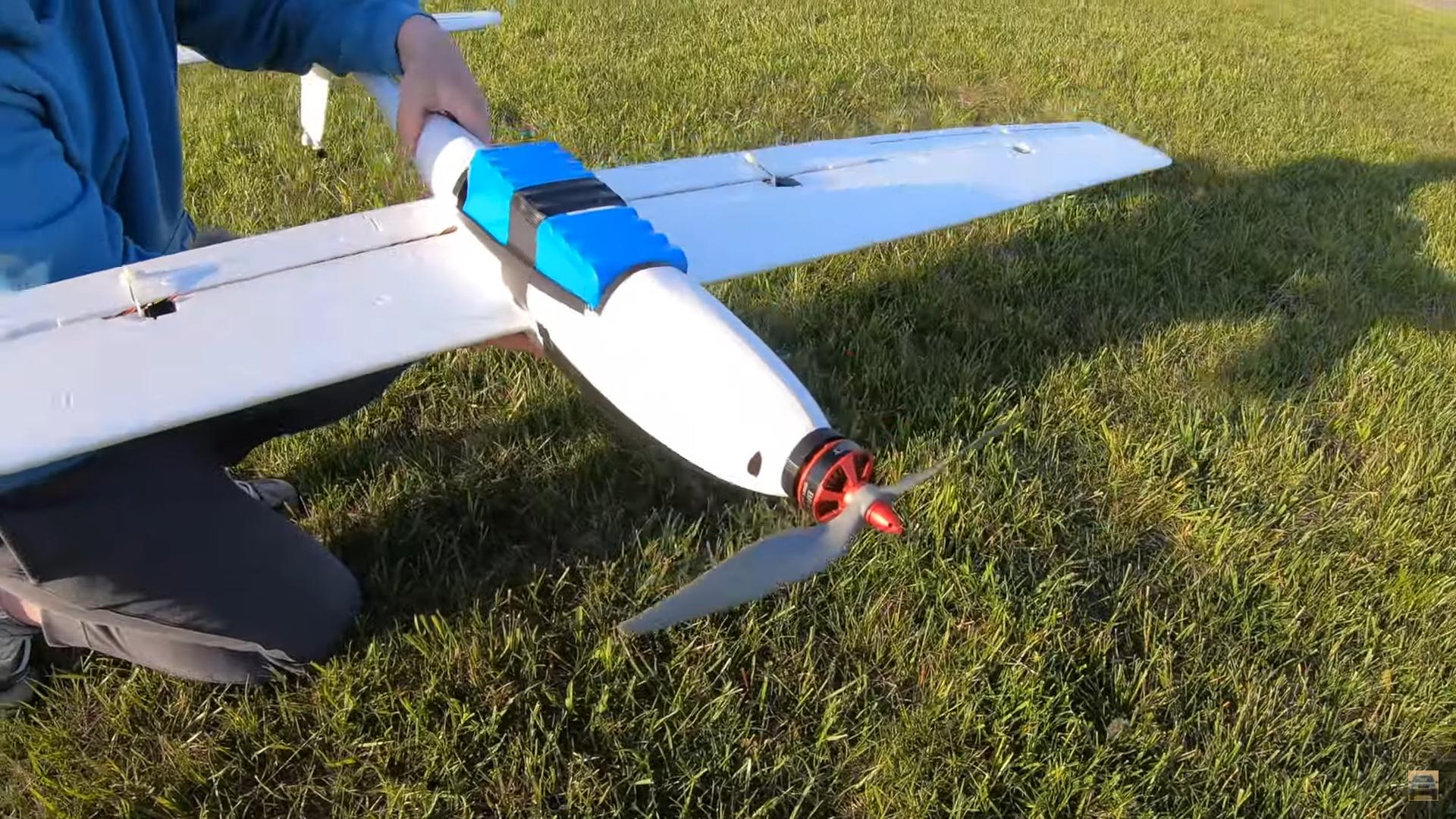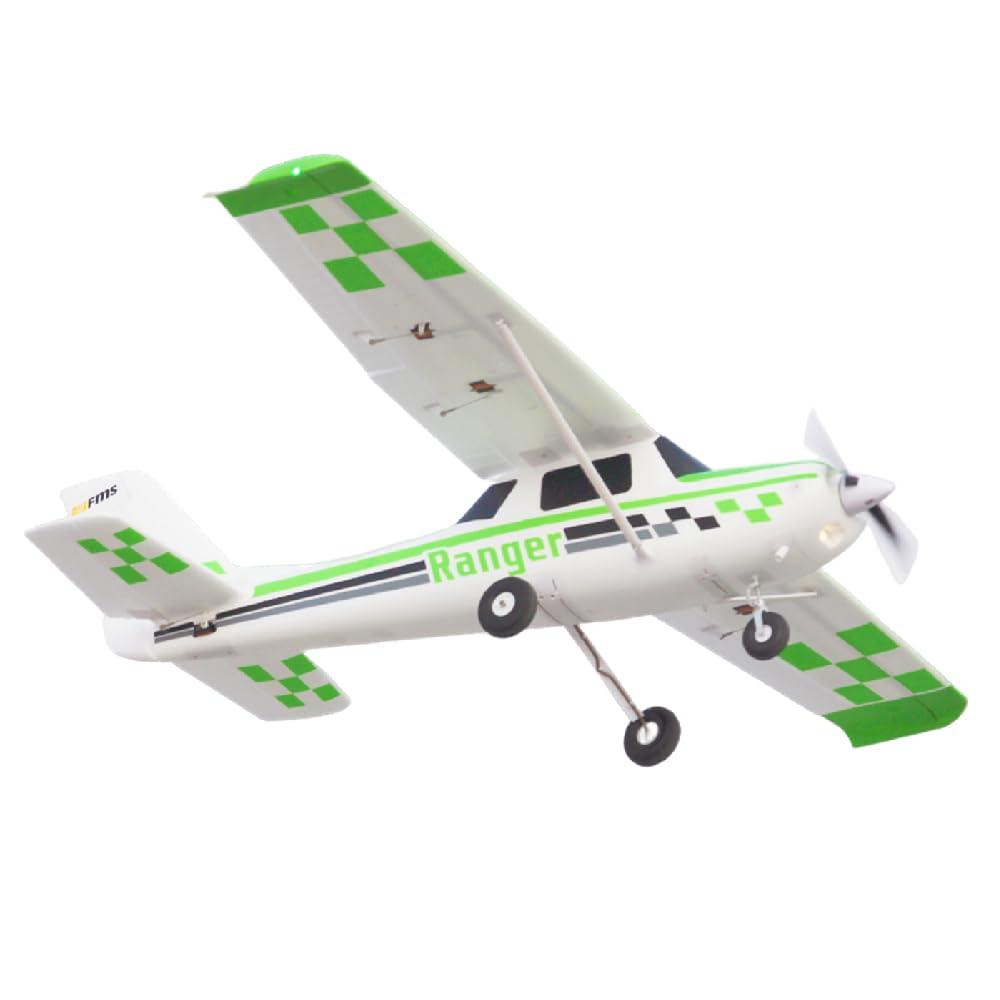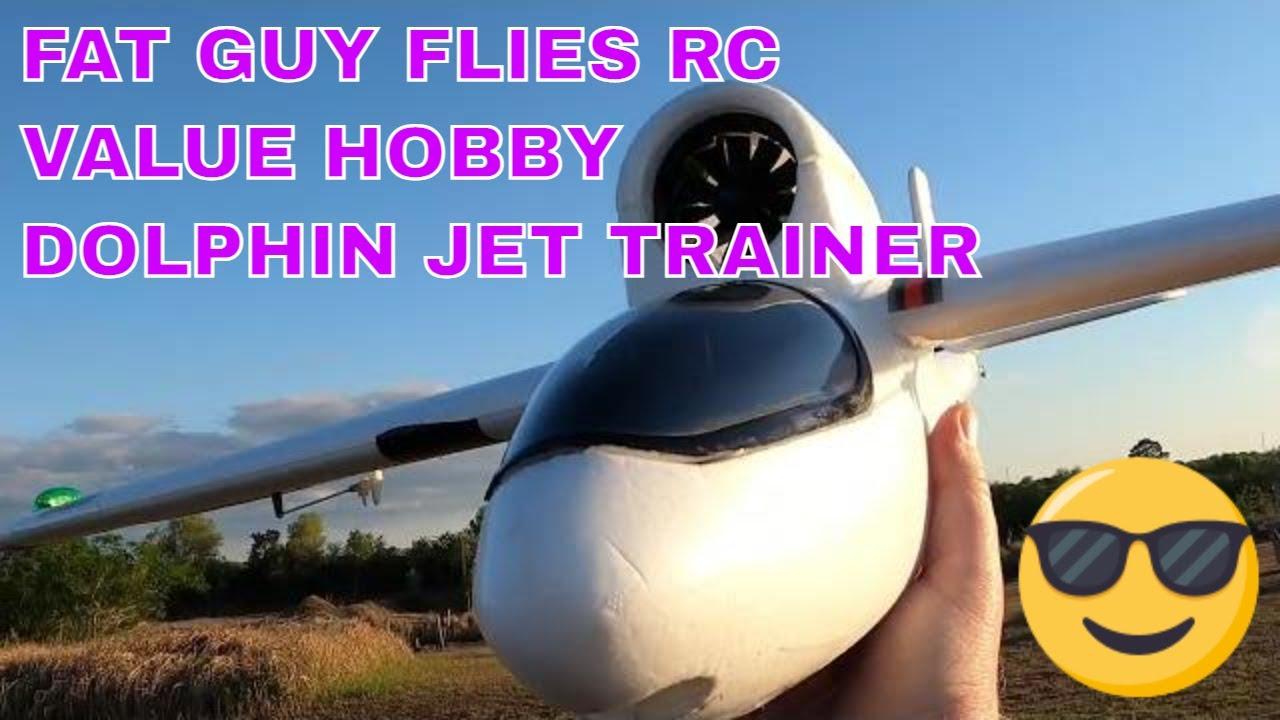The Value of Hobby Airplanes: Types, Building vs. Buying, Maintenance, Flying and Tips
Hobby airplanes have become increasingly popular among enthusiasts as a way to relax and have fun. With the pandemic keeping many people indoors, hobby airplanes have also become a way to get outside and enjoy nature while maintaining social distance. There are different types of hobby airplanes available, such as remote control airplanes, drones, and gliders, each with its unique characteristics and purposes. While some enthusiasts prefer to build their planes from kits, others choose to buy pre-built planes. Regardless of the type, owning and flying hobby airplanes can be an enjoyable and rewarding hobby.
Drones: The popular remote-controlled option.
- Remote control airplanes: These airplanes can be controlled from a distance using a remote control, making them suitable for both indoor and outdoor flying.
- Drones: Drones are one of the most popular types of hobby airplanes. They are equipped with cameras, and some can be flown using a mobile phone app.
- Gliders: Gliders are designed to be flown without an engine, and they require specific weather conditions to fly well. They are available in different sizes and materials, including foam and balsa wood.
Hobby airplanes can be bought online or at local hobby shops. Websites such as HobbyKing and Horizon Hobby are popular among enthusiasts for purchasing hobby airplanes and parts. Some hobby shops also offer building services and training classes for beginners. The prices of hobby airplanes can vary widely, from under $50 to thousands of dollars for advanced models.
Where can I purchase hobby airplanes and parts?
You can purchase hobby airplanes and parts at specialty hobby stores, online retailers, or directly from manufacturers.
Advantages and disadvantages of building vs. buying hobby airplanes
Value hobby airplanes can be built from kits or bought pre-built. Building from kits can be a cost-effective option that allows for customization and personalization, but may require more time and effort than buying pre-built models. Buying pre-built is convenient and time-saving, but may be more expensive and offer less opportunity for customization.
It’s important to note that building hobby airplanes requires some basic skills and tools. Building from kits typically requires more patience and attention to detail, and some experience with repairing and assembling small parts. On the other hand, buying a pre-built airplane can be easier, especially for beginners who are just starting to learn about the hobby.
For those who choose to build from kits, there are many websites and stores that offer a wide range of kits and supplies. For example, Tower Hobbies is a popular online retailer that offers a variety of hobby airplane kits and related products.
Below is a comparison table of building versus buying hobby airplanes:
| Building from Kits | Buying Pre-Built |
|---|---|
| Can be cost-effective | Convenient and time-saving |
| Allows for customization and personalization | May be more expensive |
| May require more time and effort | Less opportunity for customization |
What skills and tools are required for building hobby airplanes from kits?
Skills required for building hobby airplanes from kits include basic knowledge of electronics, mechanics and aerodynamics, as well as the ability to read and follow instructions precisely. Tools needed include various types of pliers, wire cutters, sandpaper, hobby knives, glue, clamps, and a variety of small screwdrivers.
Common maintenance tasks and types of repairs for hobby airplanes make it a valuable and enjoyable hobby for many.
Regular maintenance is crucial to keeping hobby airplanes in good condition for safe and enjoyable flights. Some common maintenance tasks include cleaning the airplane’s surface and parts, checking and tightening screws and bolts, and inspecting the engine and electronics for any signs of wear and tear.
Despite regular maintenance, hobby airplanes can sometimes need repairs due to crashes or other accidents. Some common types of repairs include broken propellers or wings, loose or broken electronic components, and seized engines. Fortunately, hobby airplane parts are available online through retailers such as Horizon Hobby and Motion RC, as well as some local hobby stores.
It’s important to note that the price of parts can vary depending on the type and quality. Some hobbyists prefer to invest in high-quality parts to prevent frequent repairs, while others opt for more budget-friendly options.
What are some common types of repairs needed for hobby airplanes?
Common types of repairs needed for hobby airplanes include replacing damaged propellers, repairing broken or bent landing gear, fixing damaged wings, and repairing damaged control surfaces. Additionally, electronics such as servos and receivers may need to be replaced or repaired.
Tips, Techniques, and Joy of Flying with Hobby Airplanes
When it comes to flying hobby airplanes, there are several tips that can help ensure a successful and safe flight. First and foremost, it’s important to find a suitable flying area that is clear of obstacles and away from people and buildings. Additionally, hobbyists should follow safety precautions such as wearing eye protection and staying within flying limits.
There are also different types of flying that hobbyists can explore, depending on their interests and equipment. Line of sight flying is when the airplane is flown where it can be seen at all times. On the other hand, first-person view flying involves attaching a camera to the airplane and using a monitor to see the flight.
Despite the challenges that may arise when learning to fly hobby airplanes, the experience of a successful flight can be incredibly rewarding. Hobbyists can enjoy the beautiful views and scenery from a unique perspective and feel a rush of adrenaline and excitement during the flight. Ultimately, the sense of accomplishment and mastery that comes with learning and practicing new flying techniques is what draws many enthusiasts to the hobby.
For those interested in getting started with hobby airplanes, brands like Fluidda-RC, E-flite RC, and HobbyZone offer a wide range of value hobby airplanes suitable for beginners and experts alike. Investing in quality equipment and taking the time to practice flying techniques can lead to an enjoyable and rewarding hobby experience.
What are some safety precautions to follow when flying hobby airplanes?
Some safety precautions to follow when flying hobby airplanes include always flying in designated areas, staying aware of other aircraft in the vicinity, not flying near populated areas or airports, avoiding flying during inclement weather, and conducting regular maintenance checks on the aircraft before each flight.
Flying hobby airplanes is not only a fun and exciting hobby but also a great way to socialize with other enthusiasts. Joining a local club or attending a hobby airplane event can provide the opportunity to meet like-minded people, learn new skills, and share experiences. Additionally, online forums and websites offer a wealth of information on all aspects of the hobby, from building and repairing airplanes to flying techniques and safety tips. Some popular websites for hobby airplanes include RC Universe, Flite Test, and RC Groups.
In conclusion, hobby airplanes offer a unique and rewarding experience for enthusiasts of all ages. Whether building or buying, maintaining or repairing, or flying in line of sight or first-person view, hobby airplanes continue to captivate those who enjoy the thrill of flight and the satisfaction of mastering new skills. With the availability of local clubs, online resources, and a range of different types of hobby airplanes, individuals can discover an exciting and fulfilling hobby that they can enjoy for years to come.
References
- RC Universe – https://www.rcuniverse.com/
- Flite Test – https://www.flitetest.com/
- RC Groups – https://www.rcgroups.com/







